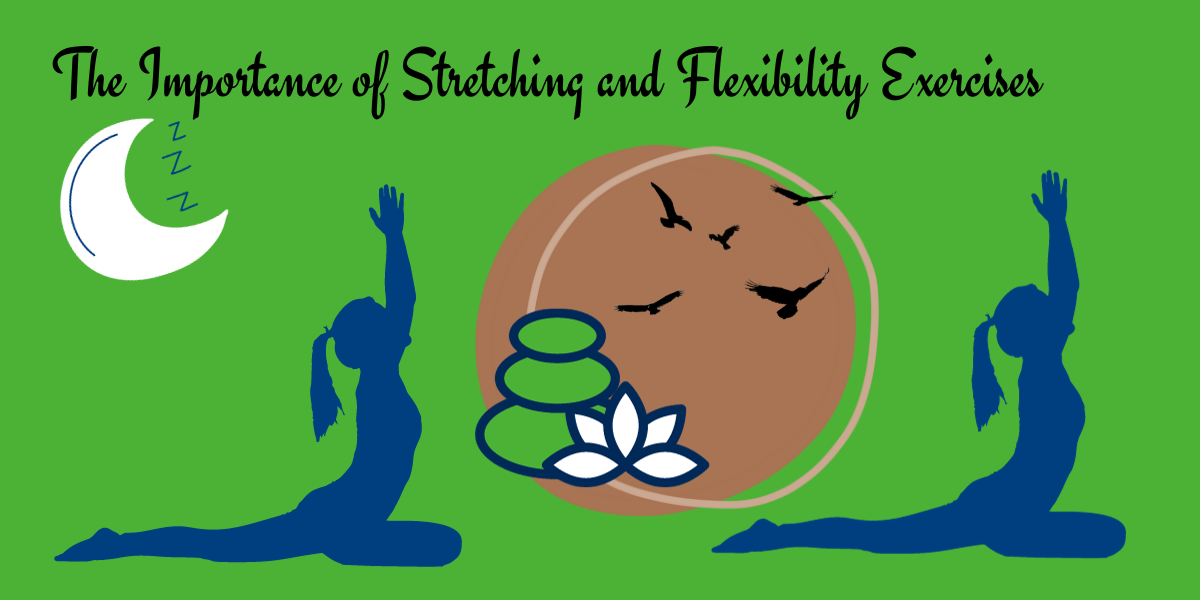The Importance of Stretching and Flexibility Exercises
Flexibility Matters: The Importance of Stretching and Flexibility Exercises
The Importance of Stretching and Flexibility Exercises
In the pursuit of a healthy and active lifestyle, we often emphasize cardiovascular fitness and strength training, but one crucial aspect of overall well-being that’s sometimes overlooked is flexibility. Incorporating stretching and flexibility exercises into your fitness routine offers a plethora of benefits that can enhance your physical health and quality of life. In this blog, we’ll explore the significance of stretching and flexibility exercises, delving into the science behind them and providing practical tips for incorporating them into your daily routine.
Understanding Flexibility
-
What Is Flexibility?:
- Define flexibility and explain its importance in daily life and physical activities.
-
Types of Flexibility:
- Explore the different types of flexibility, including dynamic, static, and PNF (proprioceptive neuromuscular facilitation) stretching.
The Science of Stretching
-
How Stretching Works:
- Explain the physiological mechanisms behind stretching, including the role of muscle fibers and connective tissues.
-
Benefits for Muscles and Joints:
- Discuss how stretching promotes muscle elasticity, joint mobility, and overall functional fitness.
Benefits of Stretching and Flexibility Exercises
-
Improved Range of Motion:
- Explore how regular stretching can enhance your range of motion, enabling better performance in daily activities and sports.
-
Injury Prevention:
- Highlight the role of stretching in injury prevention by reducing the risk of strains, sprains, and muscle imbalances.
-
Pain Relief and Posture:
- Discuss how stretching can alleviate muscle tension, reduce pain, and promote better posture.
Incorporating Flexibility into Your Routine
-
Daily Stretching Routine:
- Provide a sample daily stretching routine that readers can follow to improve flexibility gradually.
-
Pre-Workout and Post-Workout Stretching:
- Explain the benefits of stretching before and after workouts and offer specific stretches for each phase.
Tips for Safe and Effective Stretching
-
Proper Technique:
- Emphasize the importance of proper technique and alignment during stretching exercises.
-
Breathing and Relaxation:
- Guide readers on incorporating controlled breathing and relaxation techniques into their stretching routine.
Conclusion
Stretching and flexibility exercises are essential components of a well-rounded fitness regimen that often go underestimated. By understanding the science behind stretching and the multitude of benefits it offers, you can make flexibility exercises a regular part of your routine. Whether you’re an athlete, a desk worker, or someone seeking better overall health, investing in your flexibility can lead to improved mobility, reduced injury risk, and enhanced quality of life. So, take the time to stretch, and your body will thank you for it.





